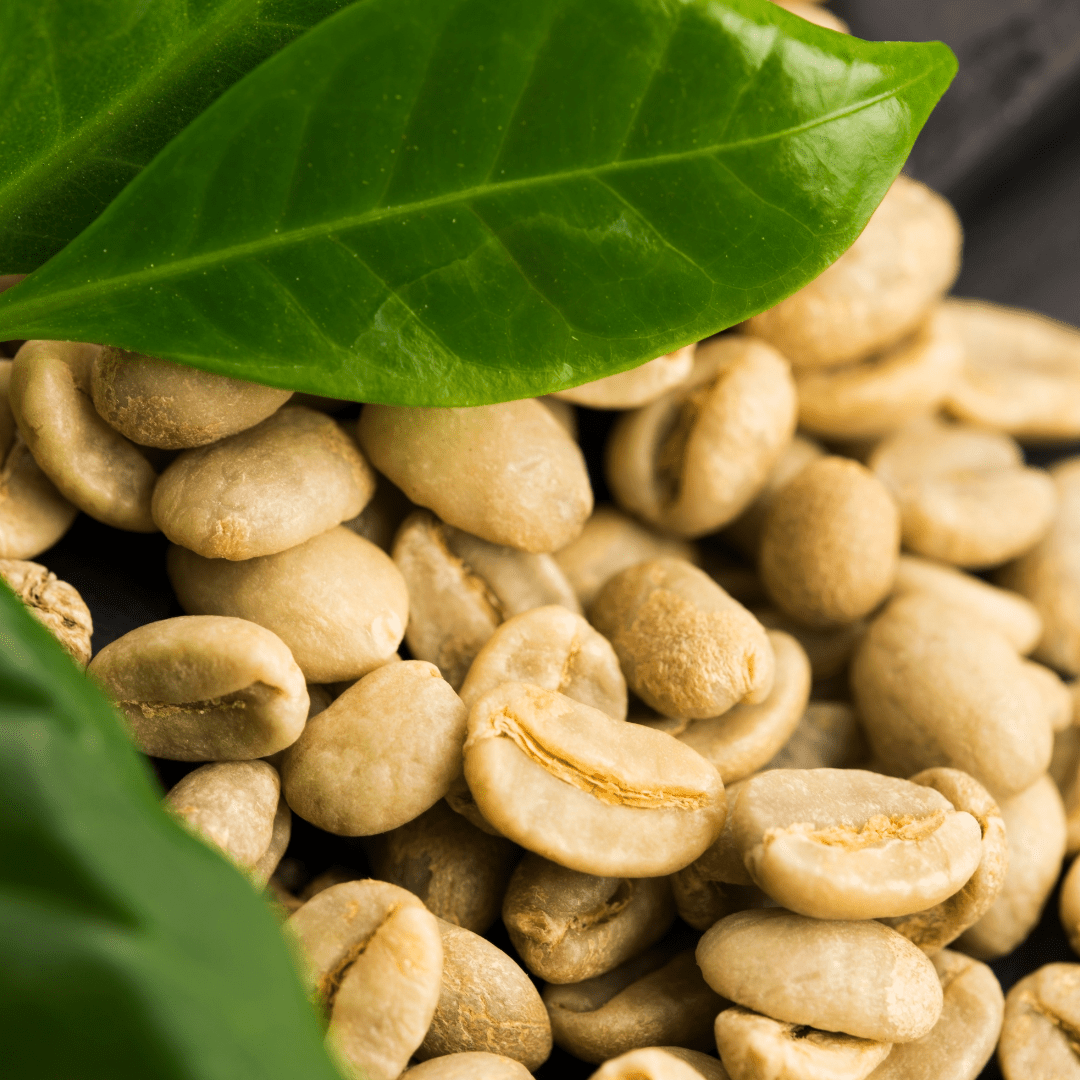The Colombian coffee sector faced rough waters during the coffee year 2022/2023 due to adverse weather conditions, insufficient fertilization, and a decrease in flowering, which impacted the annual harvest. According to a recent report from the Coffee Growers Federation, the crop in the last coffee year amounted to 10.618 million 60-kilo bags, marking a 9.11% decrease, the lowest record in 10 years. This downturn is not just a result of unfavorable weather but also the inadequate financial resources of the farmers, which hindered proper fertilization despite a reduction in the price of fertilizers and other inputs.
The repercussions were also felt in the pricing and overall production, with a notable price decrease further impacting the situation.

Hopeful 2024
The sector is pinning its hopes on better outcomes by the end of the year and higher production for 2024. In a recent interview, Germán Bahamón Jaramillo, the manager of the Coffee Growers Federation, expressed confidence in higher output for the calendar year 2023, anticipating an average harvest of 12.014 million 60-kilo bags for the entire 2023, marking an 8.4% increase compared to 2022. The onset of the El Niño phenomenon is also expected to aid in recovering the coffee trees, hinting at a higher production for the coffee year 2024.
Renewal Efforts
During an event in August, it was announced that the government has allocated between COP 30 billion and COP 35 billion to boost the renewal of coffee cultivation, part of COP 100 billion designated for the entire agricultural sector. The aim is to improve around 84,000 hectares of coffee, compared to the 61,923 hectares improved last year. These aids would be facilitated through soft loans or low-interest rates under the Coffee Plantation Renewal Incentive (ICR) mechanism. Additionally, around COP 20 billion in savings from committees are estimated to augment this resource pool, particularly for fertilization incentives.
Export Decline
The ripple effects of the challenges faced were visible in the export figures, too. There was a 13% decline in exports, dropping from 11.866 million to 10.318 million 60-kilo bags between October 2021 - September 2022 and October 2022 - September 2023, respectively. Imports also saw a fall, reaching 2.001 million bags, 120,000 less than the previous year, marking a 5.6% drop.
Domestic Consumption Dip
Domestic consumption in Colombia also witnessed a downturn, with a 4% decline as it stood at 2.215 million 60-kilo bags, 93,000 bags less than the previous year.
Despite the grim scenario of the past, coffee farmers like Claudia Patricia Castaño are optimistic about the upcoming season, which traditionally sees higher production from late October to November. Although the concern about the rise in coffee borer beetles during this warmer season and the regular labor availability in some areas persists, the primary concern remains the decline in prices below the production cost, urging for a quick and timely response from the ministries of Finance and Agriculture.
Efforts are underway to cushion the coffee sector from the price fall, with around COP 330 billion set aside in the Coffee Price Stabilization Fund (FEPC). However, this fund would only suffice for about two weeks of low results, necessitating a larger financial buffer to tackle price drops. As stated by the Coffee Growers Federation, the goal is to propose to the government to double or triple this figure to address the price fall issue.
As the sector looks forward to better production estimates of about 12.014 million 60-kilo bags, an 8.4% increase compared to the 11.084 million bags in 2022, the lowest indicator in 9 years, there's a blend of cautious optimism and a call for more substantial supportive measures to ensure the Colombian coffee sector brews stronger in the coming years.



